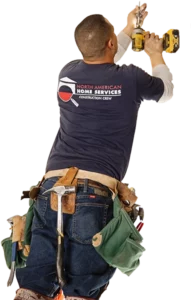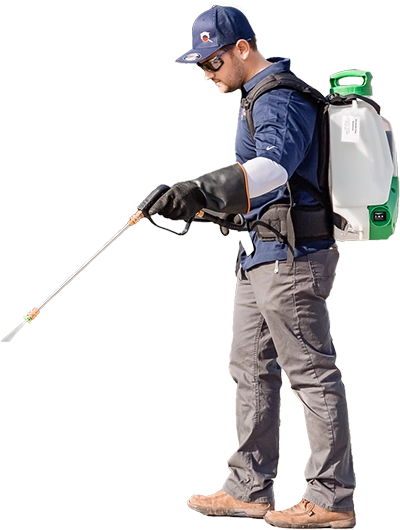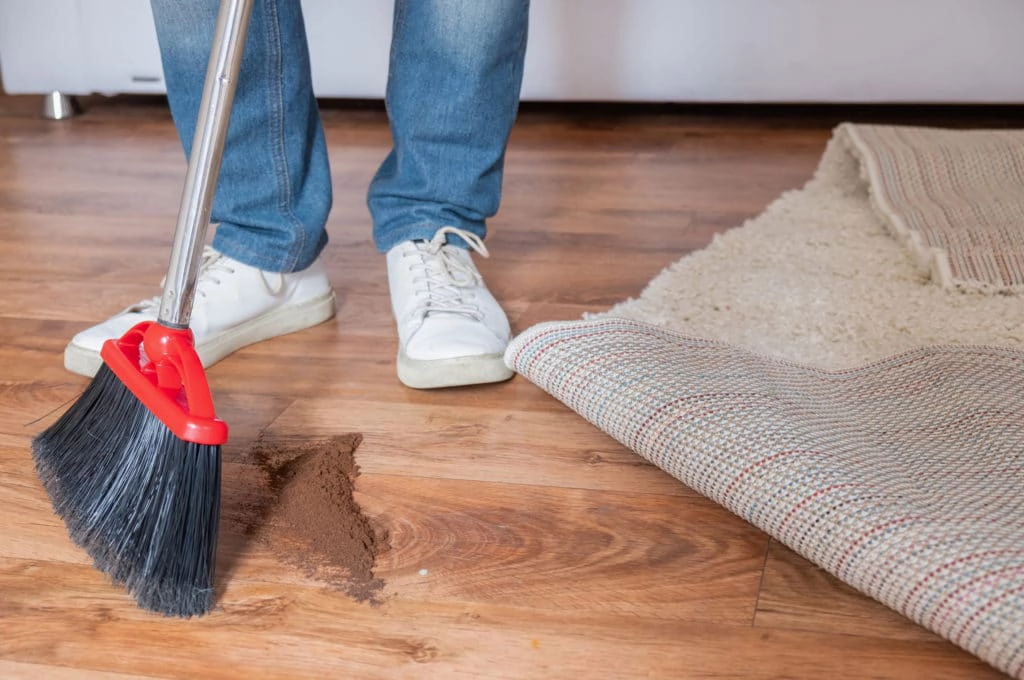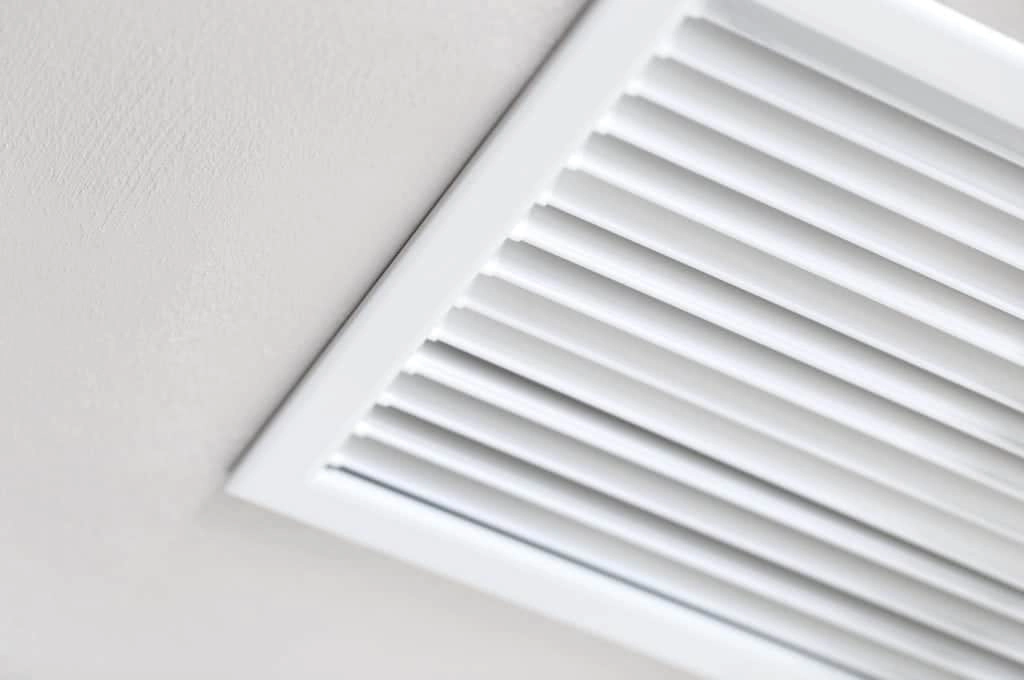So, you have pests—maybe it’s cockroaches in the kitchen, bed bugs in your furniture, or mice in your attic. Pests are a major annoyance and can make you feel uncomfortable in your own home. Unfortunately, household pests are incredibly common. An infestation can pop up in any home at any time, regardless of how clean and tidy you keep things.
If you decide to schedule a control service, it’s important to know the steps you should take to prepare your home—as well as yourself and family—prior to the pest control specialist’s arrival.
First things first: jot down where you have seen or heard the pests. This will make the exterminator’s job a little easier.
Some pests, including cockroaches and mice, spend a lot of their time in hiding. You might see them on one or two occasions, tipping you off that there is a problem. Because of this, identifying the type of pest and their location is a big part of the extermination process.
This is not entirely on you, as the exterminator will likely inspect the property for themselves to try and figure out where your pests are located.
Let’s say you’ve only noticed cockroaches in the kitchen. If they are confined to the kitchen, then the exterminator can rule out some treatment methods. In this case, you probably won’t be looking at a whole home fumigation—chances are, gel bait traps will work well enough.
Keep in mind: common household pests can be found virtually anywhere on your property. Your exterminator should talk to you about the potential for pests to return after the initial control service. It may be that the chosen treatment method was only effective in eliminating a portion of the pest population, as some pests managed to avoid the traps, insecticide, heat, etc. Or, it’s possible that some newly hatched larvae—most pests can reproduce in the matter of weeks—are just beginning to surface.
If the pests do return, then a second extermination may be required. Again, additional service visits are likely something your exterminator will discuss with you at the outset.
If you first schedule a pest inspection, and then schedule the extermination for a later date, you will have time to move furniture and put food away.
For first-time infestations, you’ll call up a local pest control company like Good Life Pest Solutions, who will send out an inspector to get an idea of the issues you face. The inspector will then devise a treatment plan and either perform the extermination that same day or return on a later date that is convenient for both of you.
If they do return at a later date, it’ll give you some time to prepare, which might include plans to vacate your property while the extermination service is performed (your exterminator will let you know if you must temporarily leave the property, and you will get notice once it is safe to reenter).
Here are some ways to prepare for extermination day:
- Put all food and kitchen utensils away. Remove food from countertops and from any cabinets an exterminator may need to access. Store kitchen utensils in drawers to avoid potential contamination from any gases or sprays the exterminator may use.
- Move furniture and appliances from the wall. There is a chance that your pests are hidden in tiny cracks and crevices between furniture and appliances, which the exterminator may need to access. You can slide furniture and appliances away from the wall to give the exterminator some more space to work.
- Take all pets with you if you temporarily vacate the property. The exterminator’s use of chemicals and gases is not only dangerous to you—it’s also dangerous to pets. And this isn’t limited to dogs and cats. If you have pets in an aquarium or cage, do your best to relocate them until it is safe to enter your home.
- Talk to your exterminator about any questions you have. Before they show up on extermination day, the pest control company will probably provide you with some information about their planned treatment method and additional info that you should know. Don’t hesitate to ask questions. The more you know about the extermination, whether or not you need to vacate your home (and for how long!), and what you should do after the extermination will go a long way in ensuring pests are permanently eliminated.
Once your pest problem gets exterminated, how do you keep them gone for good?
After the extermination service is complete—and most, if not all, of the pests are gone—you want to keep those pests away for good! As mentioned, infestations can recur if you are not extra careful.
The first thing to know is that keeping your space generally clean and free of clutter goes a long way. One commonality between pests like cockroaches, rodents, termites, and bed bugs is that they all hide in dark places, and more clutter makes for a great hiding spot. But tidiness is not the only thing you can do to keep pests away. You might want to consider repeated pest control treatment.
At Good Life Pest Solutions, we identify, treat, and defend pest infestations ensuring pest-free living for all our clients. While the initial extermination service will solve your pest problem quickly, it’s only the beginning.
We offer ongoing pest control that protects your property from pests in the long-term. We can work with you to set a recurring treatment schedule and perform service regularly. This includes insecticide spray around the perimeter of your home, sweeping for cobwebs, and inspecting for visible signs of pest infestations. Regular pest control service is one of the best ways to eliminate pests and prevent them from coming back.
If you’re dealing with pests, Good Life Pest Solutions is here to help! Give us a call today. We are ready to inspect your property, determine a pest control treatment plan, help you prepare for extermination day, and perform regular treatment to keep pests gone for good.




